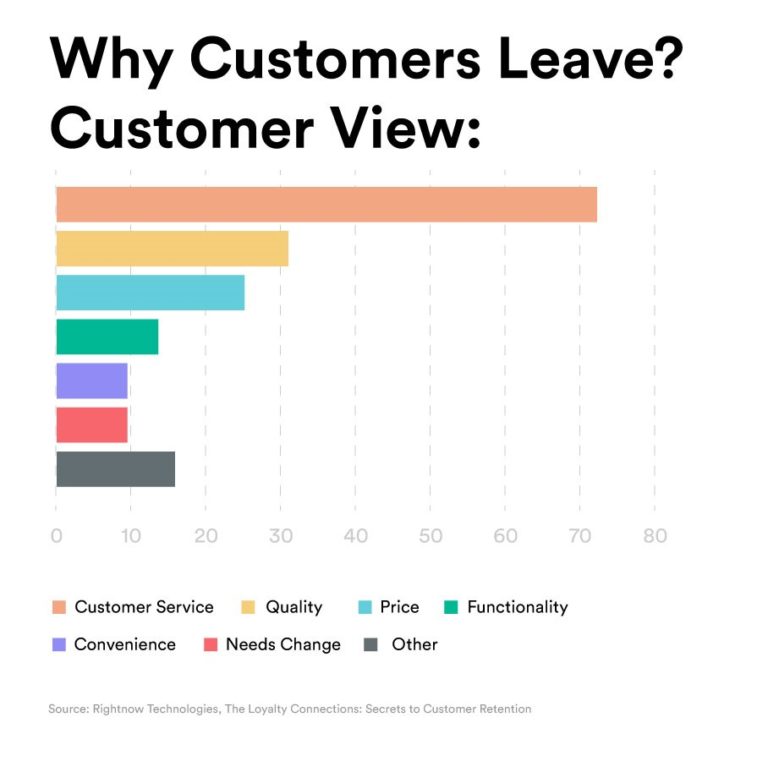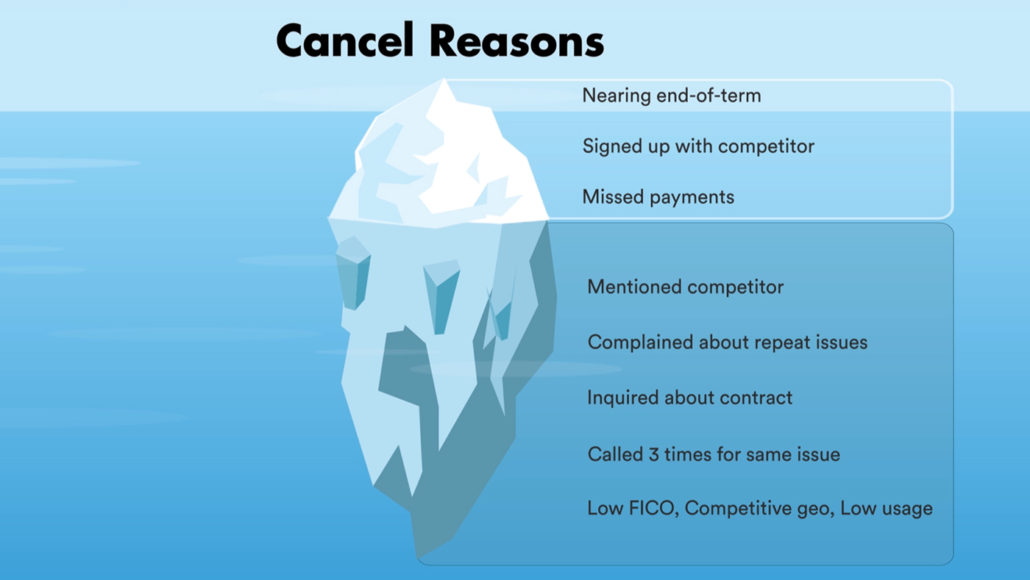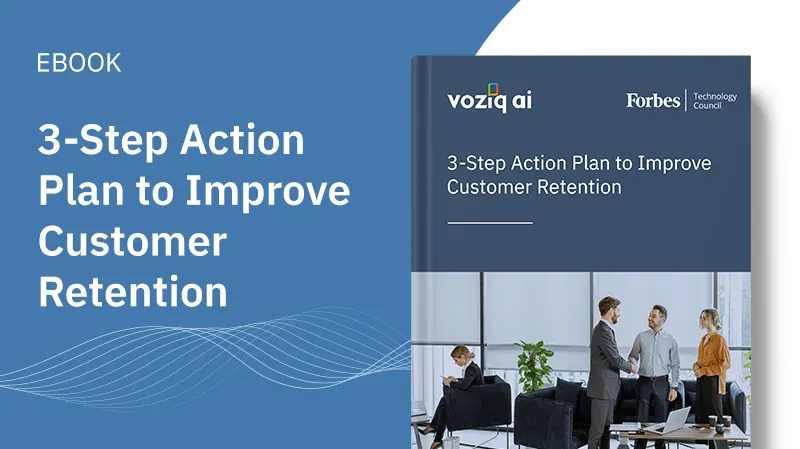Why Is Customer Churn Persistently High Regardless of Companies’ Sustained Efforts?

Why Is Customer Churn Persistently High Regardless of Companies’ Sustained Efforts?
Regardless of their relentless efforts, brands across industries suffer from churn problems in today’s competitive world. As shown in the image below, one of the major reasons why customers leave the company turns out to be poor customer service.
 What is wrong with customer service today?
What is wrong with customer service today?
According to research by SQM Group, 86% of customers expect their issue to be resolved on the first call, which isn’t happening. Each time a customer has to call back because their prior issue was not resolved, customer satisfaction drops, on average, 15%.
The never-ending IVR menus, ridiculously long response times, and multiple transfers are some of the typical events adding to customer effort. However, when customers are complaining about customer service, it may not necessarily mean poor agent performance alone. It is the overall experience the customers have had till that point which has disappointed them so much that they decided to cancel.
Companies underline their retention efforts only at the end-of-term:
The biggest mistake companies repeatedly do is, underline their retention efforts towards the end of a customer’s journey. But what companies fail to understand is that customers don’t decide to cancel overnight. Churn happens due to a series of poor customer care interactions, multiple substandard experiences, and counter offers from the competition; which together drive the customer to lose interest in the company.
Today most of the retention measures are reactive in nature as the visibility to churn root causes are limited. What companies see and perceive as churn reasons are just the tip of the iceberg and the real reasons for cancellations stay hidden, as companies, most of the time, don’t have the necessary capabilities to understand the root causes of customer dissatisfaction.
By the time companies intervene, it’s too late. What follows is a high cost and high effort marketing campaign involving costly offerings and discounts, however, they don’t mean much to a frustrated customer, who has already decided to cancel.
Problem Solution Fit – Proactive Lifecycle Risk Prevention:
Customers do inform companies about their wants, needs, and wishes during their interactions across various touchpoints with the company. Also, these needs and wishes would vary from customer to customer depending on their current customer lifecycle stage.
Companies must start using call center data like agent notes to understand their customers’ wants, needs, and wishes. Companies must also start using the call center channel as an effective way to proactively reach out to their customers to solve their issues and mitigate churn effectively.
Companies must constantly be on the lookout for customers showing various signs of cancellation such as mentioning their competitors, inquiring about contracts, calling repeatedly for the same issue, etc. before they actually decide to cancel. Today’s AI wave is empowering companies to identify those customers who are showing these churn symptoms in the early stages of the lifecycle. Companies have the options to proactively intervene through their customer service channels and prevent churn at the right moment by delighting the customer with excellent service before an irritation or series of annoyances becomes a full-scale churn problem.
Addressing the churn signals early and smartly depending on customer journey stage will consequently improve the overall customer lifetime value, ensuring a smooth and profitable business.
Business Benefits of Proactive Lifecycle Risk Prevention:
Addressing risk proactively is cost-effective:
According to Gartner, a commitment to customer experience results in up to 25% more customer retention and revenue than sales or marketing initiatives. If companies start addressing churn risk proactively, by intervening early in the customer lifecycle, they can mitigate the risk by providing personalized offerings. As they already know about their customer and these offers will be not only cost effective but also will improve customer satisfaction, which will further create opportunities for upselling and cross-selling in the future. Alternatively, dealing with a new prospect is as difficult as shooting in the dark with no guarantee of a positive outcome.
Earns customer loyalty:
According to The Institute of Customer Service, a 10% increase in customer satisfaction score results in a 12% increase in trust from customers. If service teams start reaching out to your customers proactively to sort out their issues before the customer starts complaining, customer satisfaction is bound to reach new heights, resulting in your customer’s loyalty for an extended period.
Easier upsell/cross-sell opportunities:
The probability of selling to an existing customer is 60% – 70%, while the probability of selling to a new prospect is 5%-20% according to Marketing Metrics. So, following a proactive approach results in positive customer experiences which means satisfied and happy customers. Happy customers will eventually increase sales and earn profits for businesses.
Reduces support costs:
Making it a priority to identify and fix issues causing poor customer experience helps improve your customers’ overall satisfaction rate with your company. It will also mean fewer repeat calls, shorter call times, and quicker problem resolution, all contributing to a lowering of customer care costs.
By investing in an AI-powered search to enhance your agent-assisted support, knowledge management, and customer experience efforts, your company can experience significant savings on support operations costs.
Takeaway:
A proactive approach to the churn problem can result in a 5% to 8% boost to retention rates in recurring revenue business from Telecom, Home Security, Insurance, etc. For that, finding the actual root causes for customer dissatisfaction and churn must always be a companies’ top priority. By not restricting churn understanding and prevention to some event, and instead looking at the entire customer lifecycle will always give the most accurate picture. Using call centers, the most prominent touchpoint, as the medium to understand customers as well as an effective retention service delivery channel will go a long way in mitigating churn risk and ensuring long-term business success.

 What is wrong with customer service today?
What is wrong with customer service today?





